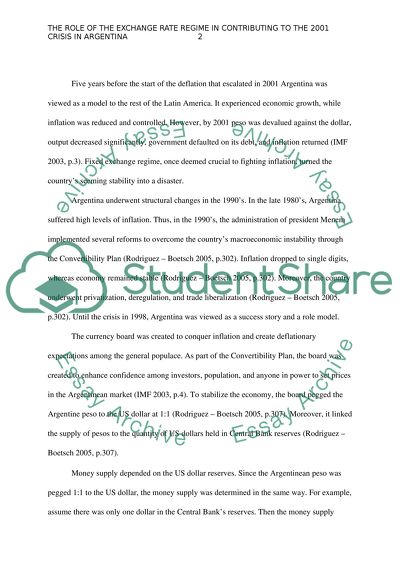Cite this document
(“The Role of the Exchange Rate Regime in Contributing to the 2001 Essay”, n.d.)
The Role of the Exchange Rate Regime in Contributing to the 2001 Essay. Retrieved from https://studentshare.org/finance-accounting/1444381-discuss-the-role-of-the-exchange-rate-regime-in
The Role of the Exchange Rate Regime in Contributing to the 2001 Essay. Retrieved from https://studentshare.org/finance-accounting/1444381-discuss-the-role-of-the-exchange-rate-regime-in
(The Role of the Exchange Rate Regime in Contributing to the 2001 Essay)
The Role of the Exchange Rate Regime in Contributing to the 2001 Essay. https://studentshare.org/finance-accounting/1444381-discuss-the-role-of-the-exchange-rate-regime-in.
The Role of the Exchange Rate Regime in Contributing to the 2001 Essay. https://studentshare.org/finance-accounting/1444381-discuss-the-role-of-the-exchange-rate-regime-in.
“The Role of the Exchange Rate Regime in Contributing to the 2001 Essay”, n.d. https://studentshare.org/finance-accounting/1444381-discuss-the-role-of-the-exchange-rate-regime-in.


